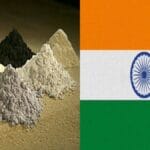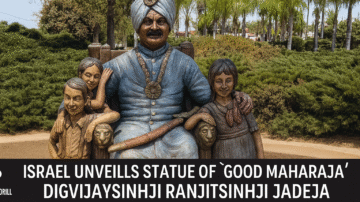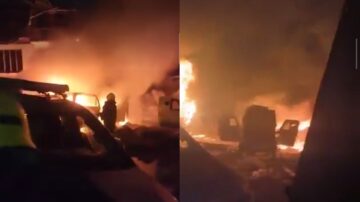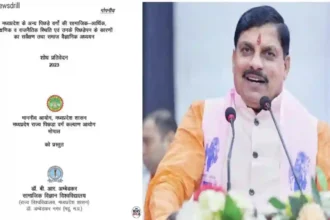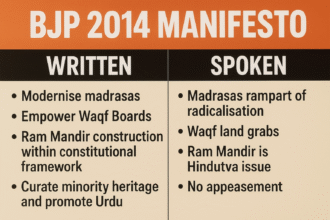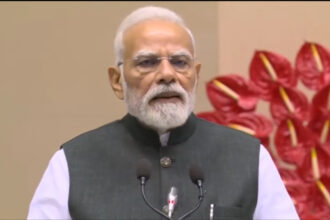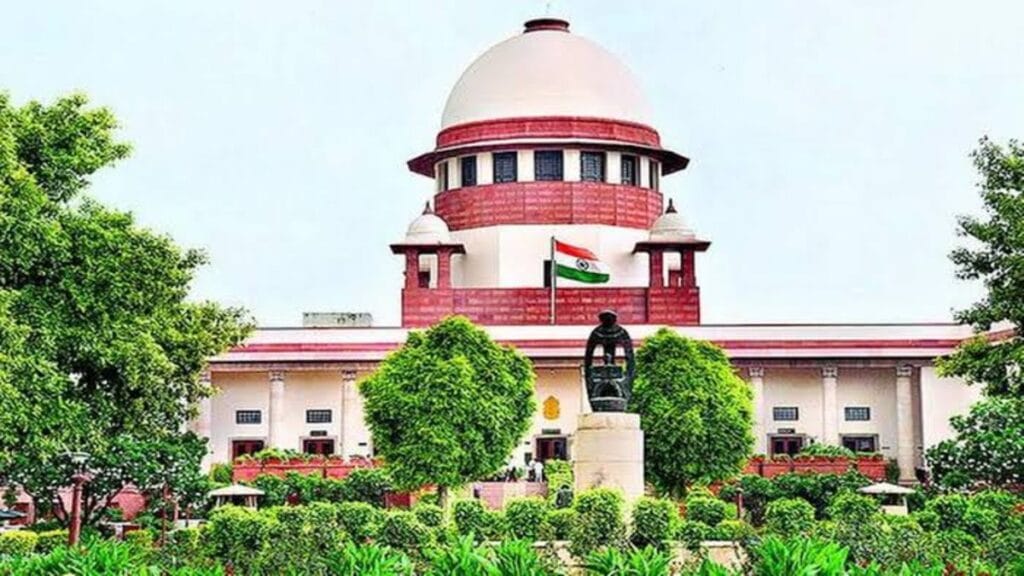
New Delhi, July 28, 2025 – The Supreme Court has granted relief to the West Bengal government by putting on hold the Calcutta High Court’s stay on the state’s freshly prepared OBC list. This landmark decision enables the government’s new OBC list to remain in effect pending the outcome of ongoing litigation. The case centres on whether executive actions alone can establish an OBC list, following guidelines under the iconic Indra Sawhney judgment.
Legal Background to OBC List Dispute
On June 17, 2025, a division bench of the Calcutta High Court stayed implementation of West Bengal’s revised OBC list which comprised 140 sub groups (roughly 80 Muslim communities and 60 non‑Muslim communities). The court highlighted procedural defects and questioned the conduct of the state’s backward classes commission, citing prior cancellations of OBC status granted after 2010.
Reacting to that, the West Bengal government filed a Special Leave Petition in the Supreme Court, asserting that the new OBC list was developed through a judicial commission supervised socio‑economic survey, compliant with Indra Sawhney (1992) precedent allowing executive classification of backward classes.
Supreme Court Intervention
On July 28, 2025, a bench led by Chief Justice B. R. Gavai stayed the High Court’s prior order, labelling its reasoning that only legislature can approve an OBC list as “surprising” and “prima facie erroneous.” The apex court underscored that as per Indra Sawhney, the executive branch holds the authority to notify backward classes, including OBC categorisation.
The Supreme Court bench indicated that while final merits will be decided later, the status of the new OBC list stands until then. The Calcutta High Court’s interim stay is thus overridden by superior judicial order.
What Castes Does the New OBC List Include?
The revamped OBC list (as notified by West Bengal government in June 2025) includes 140 sub‑groups, divided into two categories: OBC A (More Backward) and OBC B (Backward).
OBC A (More Backward) – 49 groups (10% quota)
Includes about 49 sub castes, predominantly Muslim, such as:
- Napit, Gope/Yadav, Jolah (Ansari–Momin), Sutradhar, Tanti, Dhanuk, Keori / Koiri.
- Muslim subgroups: Muslim Molla, Muslim Mandal, Quazi/Kazi, Muslim Biswas, Darji/Idrishi, Gazi, Paik (Muslim), etc.
- Roughly 73.4% of OBC A groups are Muslim in composition.
OBC B (Backward) – 91 groups (7% quota)
Includes around 91 sub castes such as:
Hindu/tribal groups: Kapali, Kurmi, Baishya Kapali, Sutradhar, Karmakar, Swarnakar, Moira, Kansari, Tamboli, Barujibi, Kosta, Khas, Mallick Mali, etc.
Muslim subgroups: Hajjam, Chowduli, Muslim Laskar, Muslim Jamadar, Siuli, Bangshi (Muslim), etc. Also includes new additions like Sadgope and Nepali Brahmin for the first time.
In total, Muslims account for 57.1% of all 140 sub‑groups; within OBC B, they form approximately 48.3% of the list.
Timeline & Next Legal Steps
| Date | Court | Action Related to OBC List |
|---|---|---|
| June 17, 2025 | Calcutta High Court | Stayed implementation of new OBC list |
| July 24, 2025 | Calcutta High Court | Extended stay until August 31, 2025 |
| July 28, 2025 | Supreme Court | Stayed HC order; allowed implementation of new OBC list |
| August 5, 2025 | Calcutta High Court | Next scheduled hearing |
Political Context & Responses
Chief Minister Mamata Banerjee and state ministers assert that the new OBC list is based solely on socio‑economic backwardness, not religion. They reject allegations of communal targeting or appeasement politics.
The opposition, including BJP leader Suvendu Adhikari, accuses the government of politicising the OBC list to benefit Muslim communities disproportionately.
The Supreme Court itself pointedly remarked: “Reservation cannot be on the basis of religion”, reaffirming that backwardness must be the only criterion an argument central to the dispute over the OBC list.
Summary
Supreme Court stays Calcutta HC’s hold and keeps the new OBC list in effect.
140 sub groups are included in the list majority Muslim, including Sadgope and Nepali Brahmin.
Reservation restored to 17%: 10% for OBC A and 7% for OBC B.
The legal question: Can an OBC list be shaped by executive survey and notification?
Final decisions expected post hearings in August 2025 or later.
Impact on General Category: Shrinking Opportunities
The implementation of the new OBC list by the West Bengal government is likely to significantly reduce opportunities for the General category. With the addition of 140 castes and the restoration of 17% reservation (10% for OBC A and 7% for OBC B), a larger portion of government jobs, educational seats, and scholarships are now earmarked exclusively for those on the OBC list. This leaves a smaller share of open or “unreserved” seats for candidates from the General category, who already face intense competition without any affirmative support.
Moreover, many students and aspirants from economically weaker sections of the General category feel doubly disadvantaged. While they do not fall under any reserved caste bracket, they often compete with others who benefit from both economic and caste based reservations. Critics argue that the updated OBC list, which includes some relatively advanced or politically mobilized groups, dilutes the principle of social justice and further marginalizes meritorious General category candidates.
This shift has sparked concerns that the policy focus is drifting from backwardness to vote bank appeasement. By including dominant castes like Sadgope or politically influential groups within the new OBC list, the government may be reducing the fairness of the reservation system. Without proper review mechanisms or an income filter within caste categories, deserving individuals from the General category particularly those from lower middle class or rural backgrounds face increasing exclusion in both education and employment.
Stay connected with The News Drill for more updates. Stay informed. Stay updated. Stay Ahead.
Contact us: contact@thenewsdrill.com
Submit tips or story: editor@thenewsdrill.com



